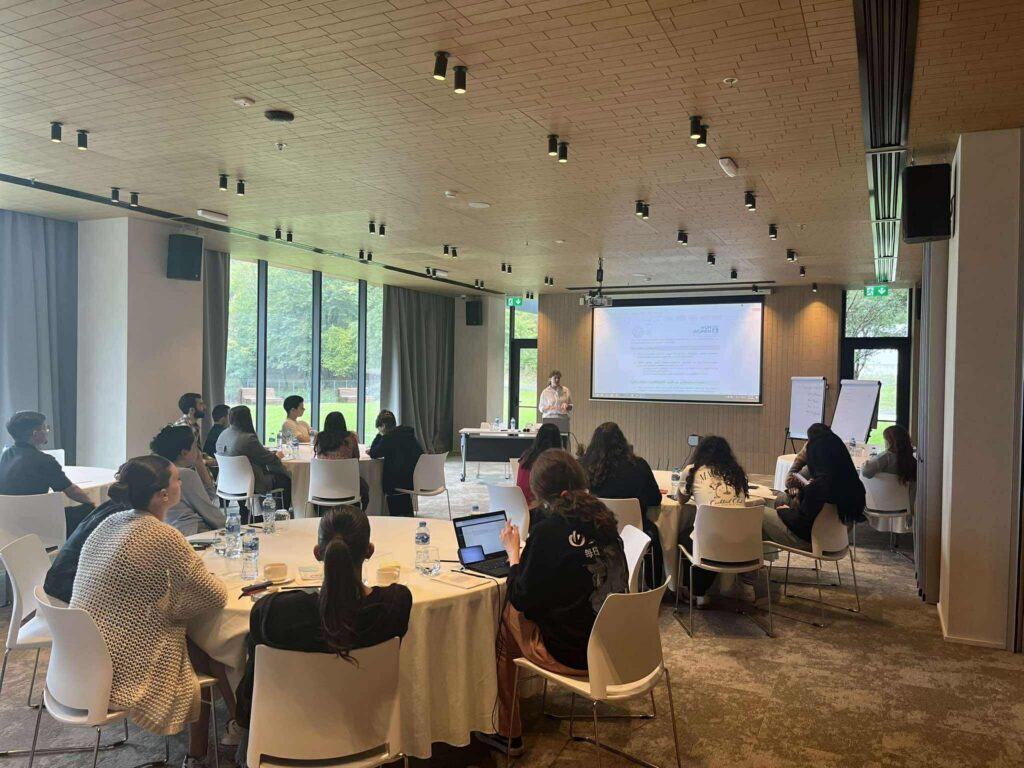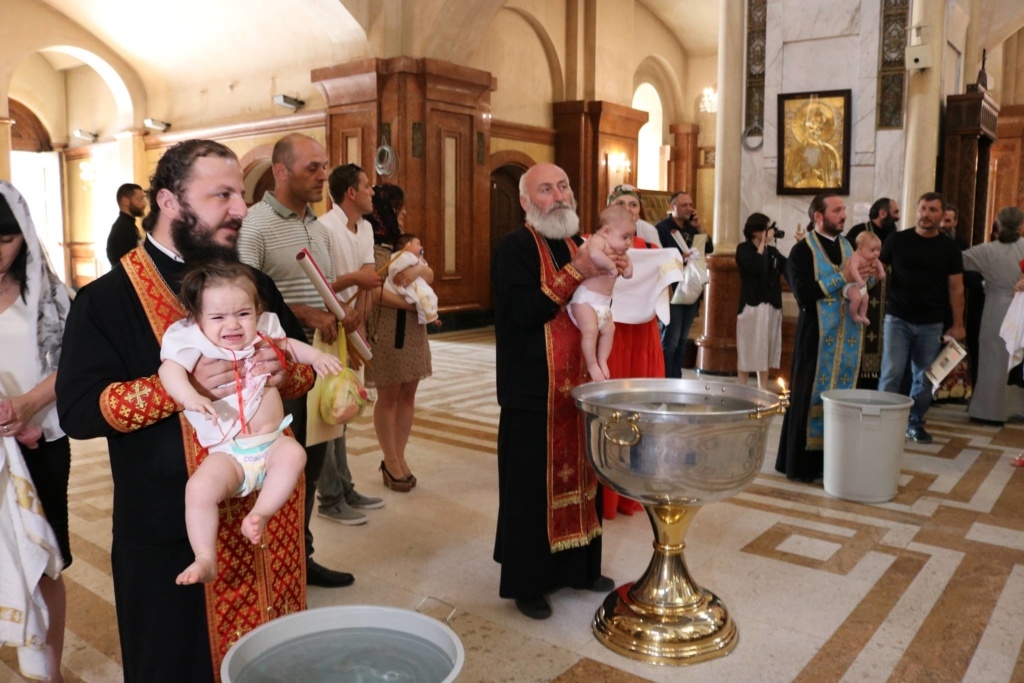The term metropolis has gained increased intellectual backing in recent years. Indeed, several social researchers have postulated that, due to the dyanism of large cities, cities will continue to look more theoretically similar to each other. A postulate of this theory is that urban and rural communities within the same countries will continue to diverge in terms of behavior on a wide range of issues. Samvel Manukyan’s research locates itself within this debate and begins to develop some indicators for comparing urban development across the South Caucasus. The scholar conducted a cross-country analysis of the sociopolitical processes in the capital cities of Baku, Yerevan and Tbilisi.
By analyzing the regional CRRC Data Initiative (DI) 2004 database, Manukyan constructed several typologies of SC capitals’ societies and used mathematical methods to explain the socioeconomic, political, demographic and cultural trends in the region. For instance, he introduced the term “traditionality index,” which is a function of various elements of social behavior. Among other results, he found that men and women in Tbilisi had the most liberal behavior, followed by Yerevan</st1:city>; and that people were most conservative (traditional) in Baku. Overall, Manukyan found that the post-Soviet transition has led to the reconstruction of national self-identification across the South Caucasus capitals. In his 150-page report the researcher developed tools (indices) to measure how the three South Caucasus capitals follow specific patterns in terms of freedom of behavior, as well as the level of tolerance both within and across societies. In his research, the fellow cooperated with Irakli Sakandelidze from Georgia and Inshallah Gafarov from Azerbaijan.
Not surprisingly, the research shows that the South Caucasus cities may not have many of the characteristics of metropolises. However, the research creates a framework to investigate the continuing transitions on the capital cities of Baku, Tbilisi and Yerevan.
Manukyan’s report, in Armenian, is available here.








